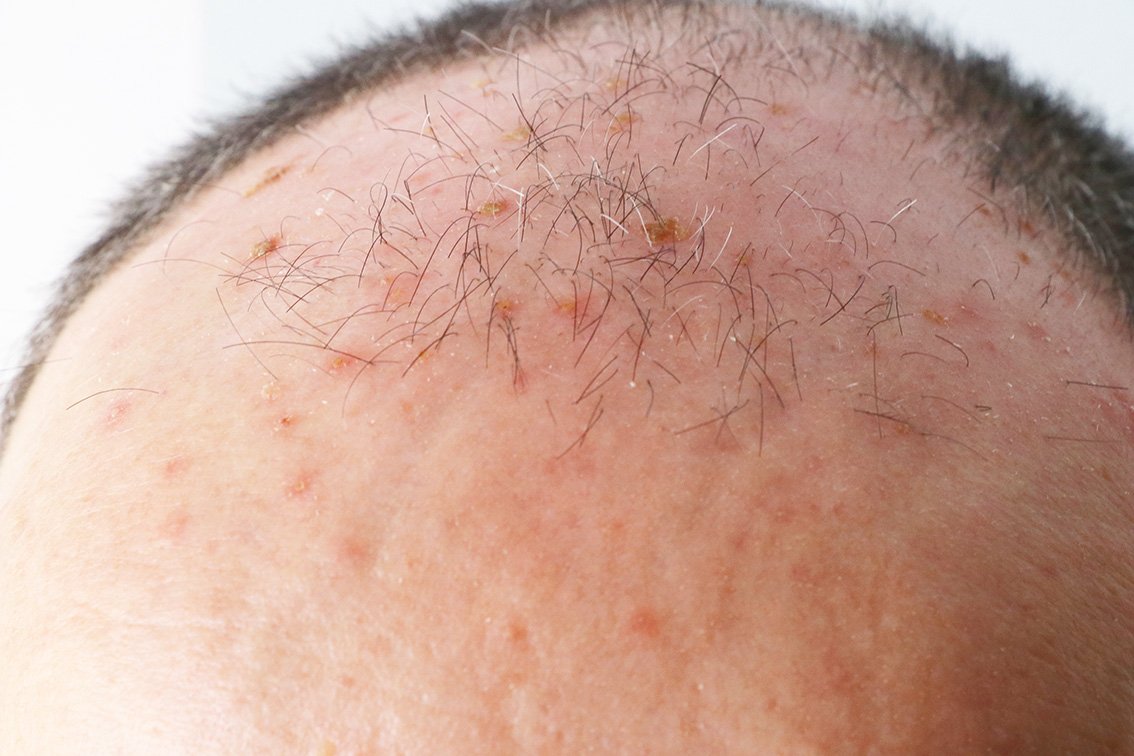
Sunspots or Actinic Keratoses
Interested in improving your skin texture, tone and sun damage?
Take our 30-second quiz to find out if our tailored, Dermatologist led medical and laser management treatments are right for your skin concerns!
What are sunspots?
Sunspots (also called actinic keratoses) are common pre-cancerous skin lesions that usually occur on sun damaged skin. The main cause of sunspots is repeated exposure of the skin to ultraviolet radiation over many years.
Sunspots appear as rough, scaly, red-brown patches of skin and can range from a few millimetres to several centimetres in size. In their early stages, they can be thin and sandpaper-like, but they can become thicker and raised over time. They are considered ‘pre-cancerous’ lesions, and if they are left untreated, they can develop into skin cancers.
Sun spot/Actinic keratoses management options
Dermatologists are the most highly trained specialists in skin cancer surveillance and management.
At Hunter Coast Dermatology & Laser, we use the most advanced technology for sun spot treatment and prevention. Treatments include:
Creams that have chemothepautic effect
An in-office light based treatment - Photodynamic therapy
CO2 Laser resurfacing to eliminate sun spots, pigmentation, seborrhoeic keratoses and fine lines
For more information about your treatment options click on the links above or contact our friendly team!
How are sunspots diagnosed?
Sunspots are usually diagnosed by specific characteristics of their appearance. However, in cases of doubt, a biopsy may be performed to check if a sunspot has progressed to a squamous cell cancer.
Treatment options for sunspots
There are many options available for the treatment of sunspots. The most suitable treatment depends on the number, location, size and thickness of the sunspot(s).
The most common treatment method for sunspots uses liquid nitrogen. This treatment may be referred to as ‘freezing’ because the very cold temperature of liquid nitrogen is used to destroy the abnormal cells in the sunspot. A treatment option for thicker sunspots is called curette and cautery (‘scraping and burning’).
If there are several sunspots, ‘field treatment’ is often considered. This is where a whole region, such as forehead and temples, are treated at the same time. Common options for field treatment include chemotherapeutic or immunomodulating creams, and daylight/red light photodynamic therapy (PDT). Carbon dioxide resurfacing laser has increased in popularity as a method to treat sun damage, while also rejuvenating the skin.
There are other options for managing sunspots, which include topical retinoids or acids, chemical peels, minor surgical procedures and oral nicotinamide medication.
Your dermatologist will discuss the benefits of each treatment, and select the treatment that best suits your individual circumstances.
Other helpful resources
https://www.dermcoll.edu.au/atoz/actinic-keratoses-2/
https://www.aad.org/public/diseases/skin-cancer/actinic-keratosis-overview


